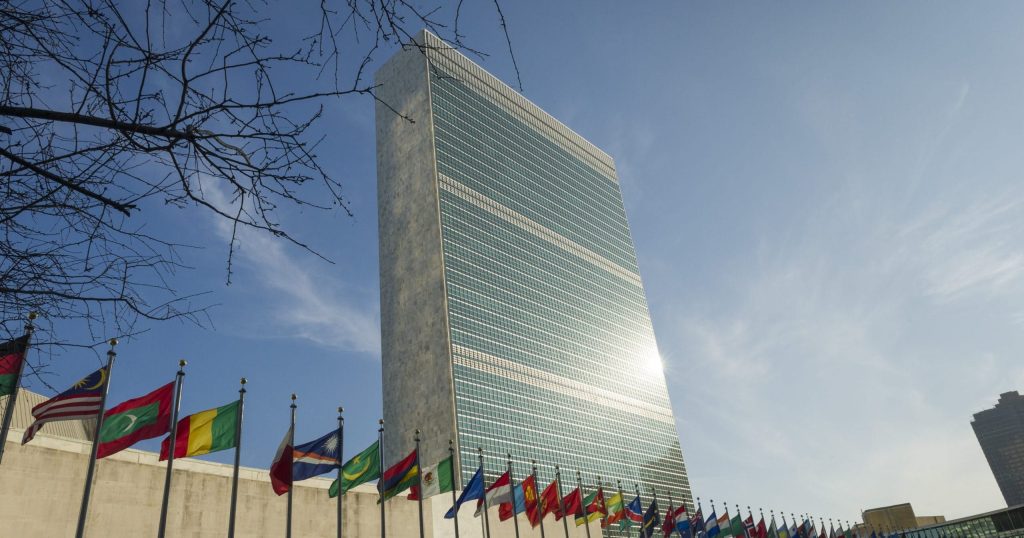Nearly 20 years ago, the World Health Organization (WHO) declared tuberculosis (TB) a global public health emergency. Today, according to WHO’s 2013 Global TB report, much progress has been made toward the United Nation’s Millennium Development Goal (MDG 6) of reducing the spread of TB, although there is much more work to be done.
Here are five key findings and information about TB from the report:
TB is very contagious and airborne. It’s the second leading cause of death from a single infectious agent after HIV.
The TB mortality rate has been reduced by 45% since 1990. The MDG target of reducing TB by 50% by 2015 is within reach, but much more progress is needed to meet the goal.
TB cases are declining at a rate of 2% per year. In 2012, an estimated 8.6 million people developed TB and 1.3 million people died from the disease.
TB treatment has saved the lives of more than 22 million people, yet one in three people with TB are currently being missed by health systems.
Multi-drug resistant tuberculosis (MDR-TB) is a major public health problem that threatens progress made in stopping TB globally. China, India and Russia have the highest burden of MDR-TB.
The report also outlines five priority steps that need to be taken now to accelerate progress toward the MDG, including reaching the missing cases, addressing MDR-TB as a public health crisis, accelerating the response to HIV/TB, reducing funding gaps, and embracing innovation.
To learn more about TB, check out WHO’s factsheet on TB. You can join the effort to reduce TB by supporting the Stop TB Partnership.
Follow me on Twitter at @ericporterfield.

